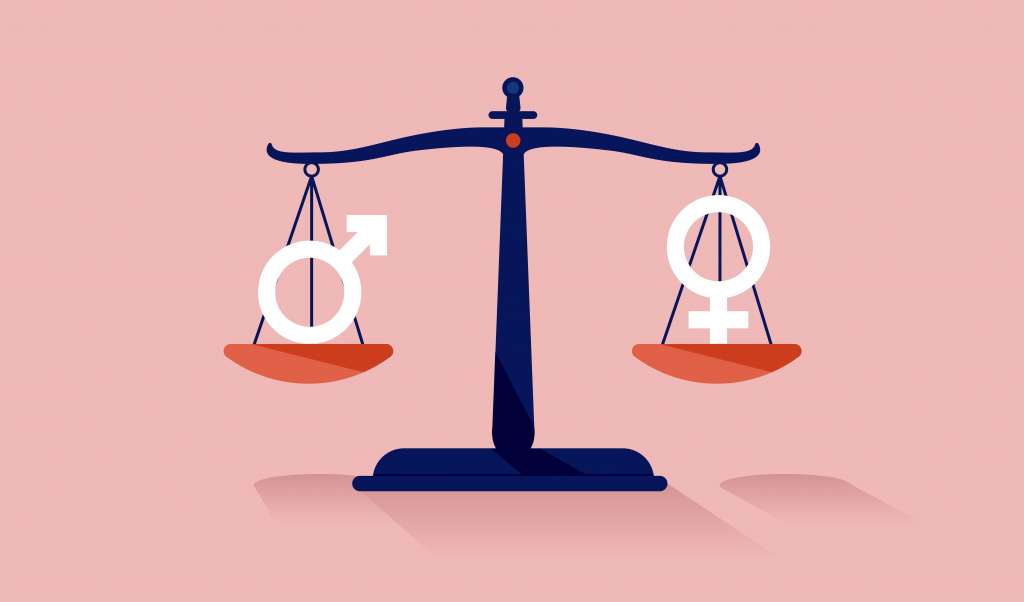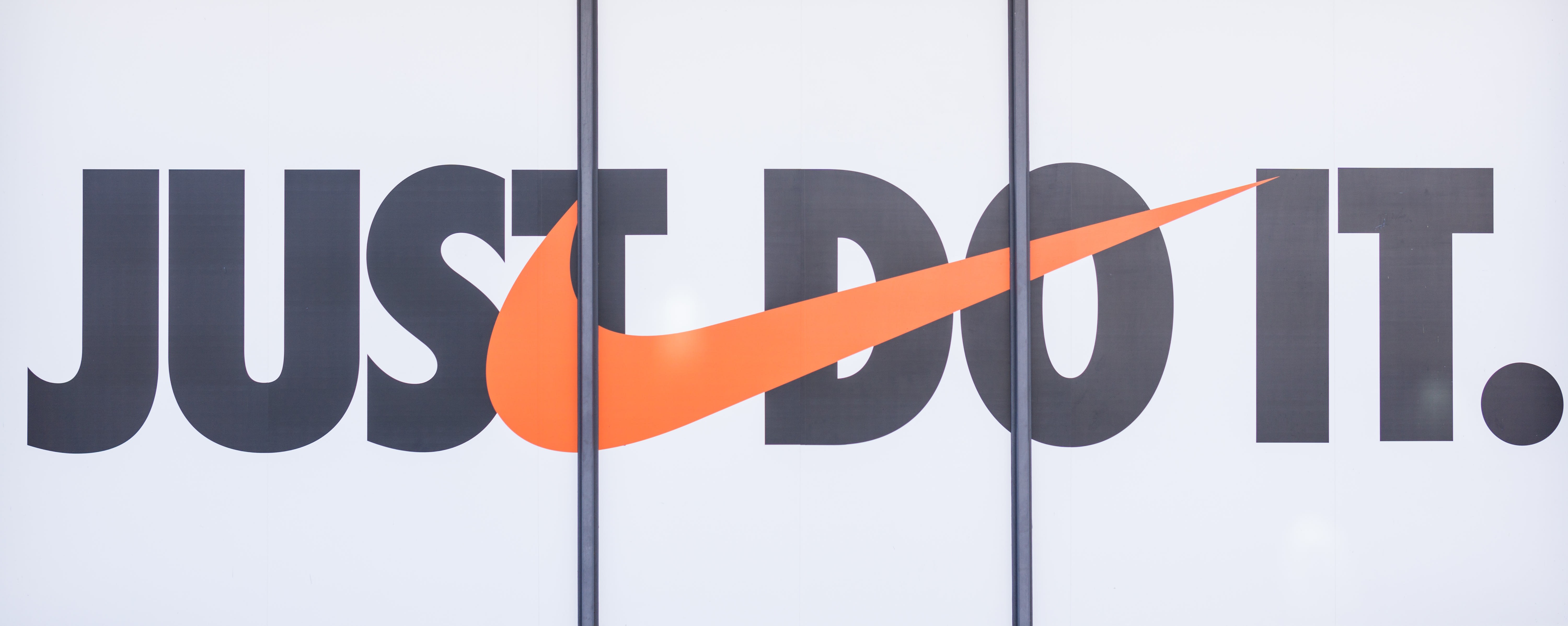Agenda 2030: How can the Fashion Industry Support Sustainable Development?



Summary: Fashion, considered one of the most unsustainable industries, is now shifting its focus toward going green. With this, brands should discuss ways to introduce sustainable practices. Here's a look at the best methods to do this.
Making Fashion Sustainable
As of 2022, the global fashion industry is valued at $1.7 trillion, with US brands accounting for $369.39 billion. It is a resource-heavy sector and consumes copious amounts of water, petroleum, and power across its supply chain and product lifecycle. Man-made fibers are a major cause of industrial pollution, with 73% of material waste dumped in landfills.
With climate change, the Earth is changing at an unprecedented speed. In 2015, UN member nations created a set of 17 goals to help organizations worldwide initiate corrective actions and reduce their carbon footprint.
The goals apply to industries worldwide. These goals could be of particular help to the fashion industry in rethinking traditional practices and promoting holistic development. Here are a few ways in which fashion brands can pledge to the SDGs and help the planet heal.
Goal 5: "Achieve gender equality and empower all women and girls"
Beyond its environmental impact, the fashion industry is known for its gender imbalance. While most other industries are male-dominated, women form over 70% of the workforce across the supply chain in fashion. However, only 25% of the women employed hold leadership positions. Manufacturers should create more opportunities that encourage women to move up the ladder.

Goal 7: "Ensure access to affordable, reliable, sustainable, and modern energy for all"
Several manufacturers are switching from traditional power sources to cleaner alternatives, such as solar or wind power. Mechanisms to harvest rainwater or reuse water have also been devised, especially for manufacturers of water-intensive fashion items such as denim. These practices help manufacturers in this sector inch closer to their goal of sustainable development.
Goal 8: "Promote sustained, inclusive, and sustainable economic growth, full and productive employment, and decent work for all"
The fashion industry relies on the workforce from developing economies, such as Bangladesh, Vietnam, and India, for most of its manufacturing needs. The working conditions in these countries have been under heavy scrutiny for long. Fashion brands should ensure fair wages and clean working conditions to embrace sustainable development.
Goal 12: "Ensure sustainable consumption and production patterns"
Manufacturers around the globe are warming up to the idea of circular economies. Reusing-upselling-reselling fabrics, designs, and apparel have paved the way for brands and manufacturers to innovate. Brands are now looking beyond seasons and collections to create capsules or micro-collections that play on nostalgia or are utilitarian. These are small steps toward introducing fashionistas to the concept of circularity.
Goal 14: "Conserve and sustainably use the oceans, seas, and marine resources for sustainable development"

Manufacturers are switching from synthetic fibers such as polyester to biodegradable ones such as cotton. This in turn reduces the number of microfibers dumped as waste. Using materials sourced ethically is critical for creating a sustainable brand.
Goal 15: "Protect, restore and promote sustainable use of terrestrial ecosystems, sustainably manage forests, combat desertification, and halt and reverse land degradation and halt biodiversity loss"
Many fashion brands have done away with plastics in packaging material, including single-use bags and plastic collars. Paper is an easy alternative to plastics. But high demand for paper can increase deforestation. Thus, several fashion brands are looking for plant-based alternatives for creating fibers.
Planting and caring for trees are excellent ways to restore ecological balance. That said, the time taken to cut down forests is much less than that needed to build them. Hence, as a practice, brands need to cut down on the paper waste they generate.
To compensate for their use of plant products, many apparel brands provide plantable tags with each purchase. Others have created plant-a-tree programs for each purchase by customers. Some brands curate private farmlands to grow their resources.
Final Thoughts
Some elements of the sustainable development goals require structural and procedural changes to suit different industries. That said, the goals can be used to introduce sustainable practices. It is upon fashion brands to overhaul their sustainability strategies and bring themselves to the fore.

Key Takeaways:
- Shying away from sustainable development is no longer an option for fashion brands.
- Introducing inclusivity, better sourcing practices, and programs for giving back to the environment are necessary for brands today.
At Fashinza, we help apparel manufacturers connect with ethical manufacturers and source sustainable textiles with transparency. If you want to create an eco-conscious brand, talk to us today!



















